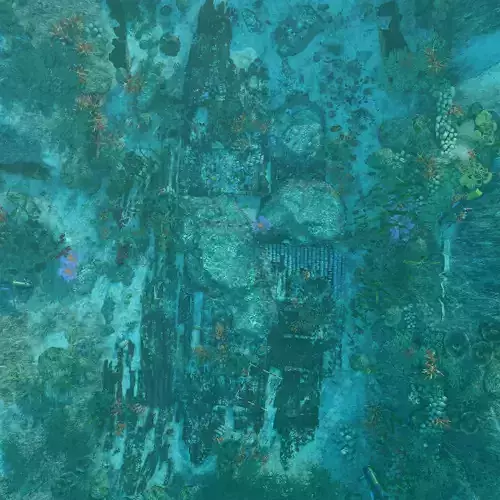1/12
Ship archaeology may sound like an adventure in movies like Indiana Jones or Pirates of the Caribbean, but it is actually a rigorous science. For thousands of years, countless ships have sunk into the depths of the ocean due to storms, wars, collisions, or human errors, becoming time capsules in the ocean. These sunken ships are not only witnesses to history, but also precious windows for studying ancient navigation, trade, war, and lifestyle.The most exciting thing in a sunken ship is the unearthed cultural relics. From exquisite porcelain and gold coins to ancient weapons and crew remains, each item tells a unique story. For example, the discovery of the Nanhai No.1 sunken ship in the South China Sea preserved a large amount of Song Dynasty export porcelain, revealing the prosperity of the Maritime Silk Road at that time. The 17th century Swedish warship Vasa sank shortly after being launched due to design flaws and was not salvaged until over 300 years later, becoming one of the best preserved wooden warships in the world.
The discovery of some sunken ships reveals the prosperous scene of ancient trade. For example, the archaeological study of the Herschel shipwreck provides us with important evidence of the late Ming porcelain trade. The Heqier shipwreck is believed to be a merchant ship from the late Ming and early Qing dynasties that sank in Southeast Asian waters. The goods on board are mainly blue and white porcelain from Jingdezhen, China, as well as export porcelain from Fujian and Guangdong. The shapes, patterns, and even firing techniques of these porcelain pieces demonstrate the high maturity of Chinese export porcelain at that time.
What is even more surprising is that the porcelain variety of the Herschel shipwreck is very rich, not only blue and white porcelain for the European market, but also vessels specially made for the Southeast Asian and Japanese markets. This indicates that as early as the 17th century, China's porcelain exports had already formed a global trade network. These sunken ships are like commercial letters drifting across the sea, telling the economic connections of the ancient world. Only now do people have the opportunity to glimpse the old face of history!Model making software: 3ds Max 2014 Rendering software: vray3.60.03 for 3dmax2014If you have any questions, write me: wjjmsn2020@gmail.com .
REVIEWS & COMMENTS
accuracy, and usability.












